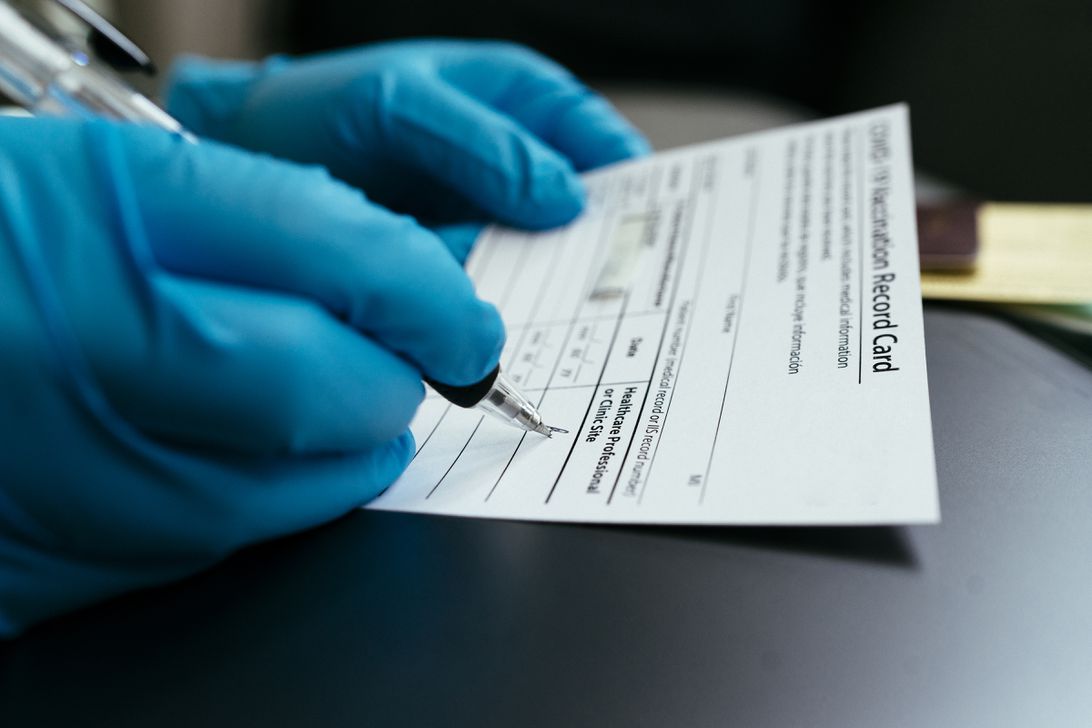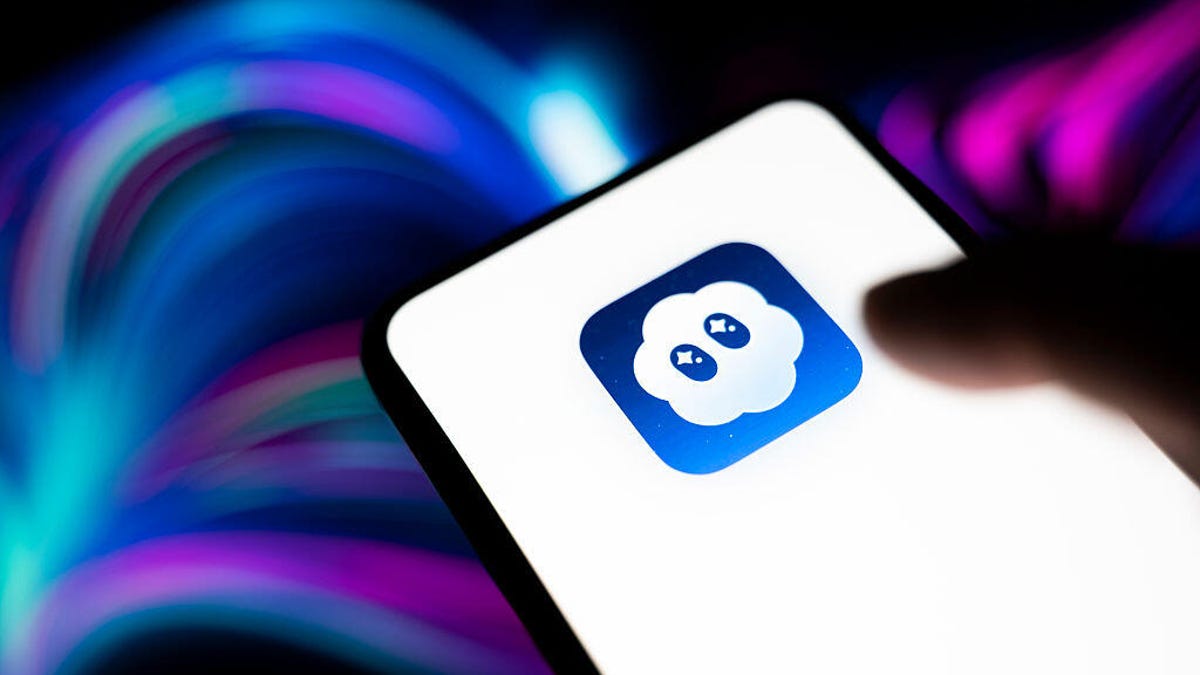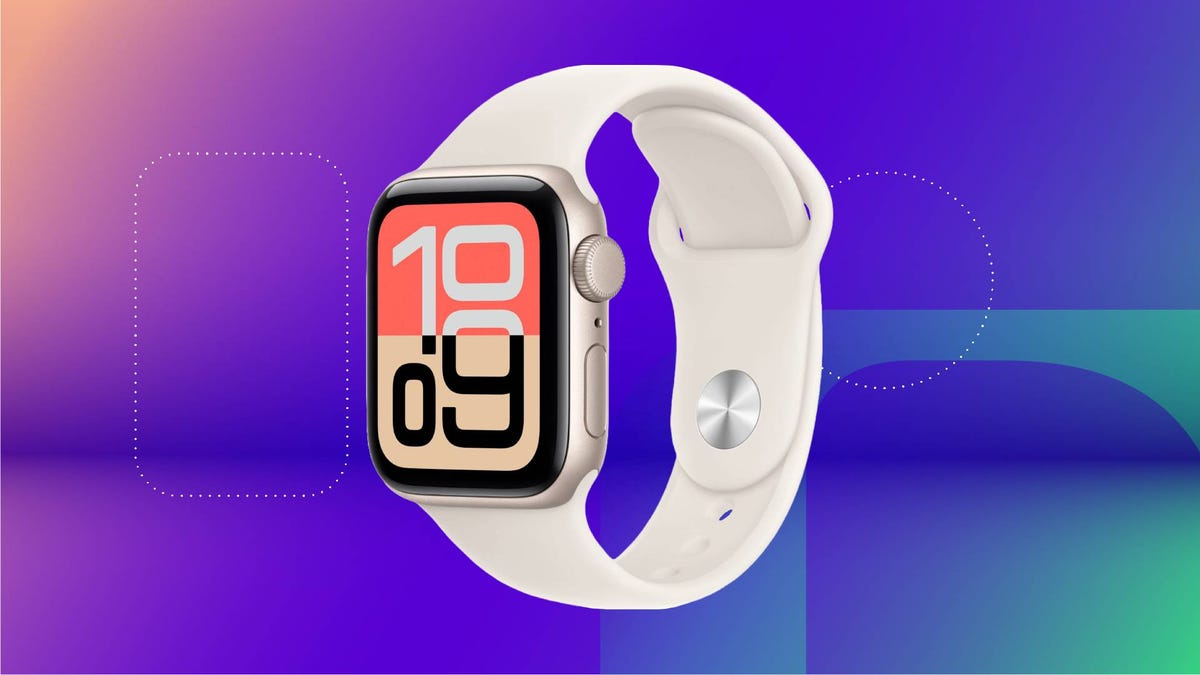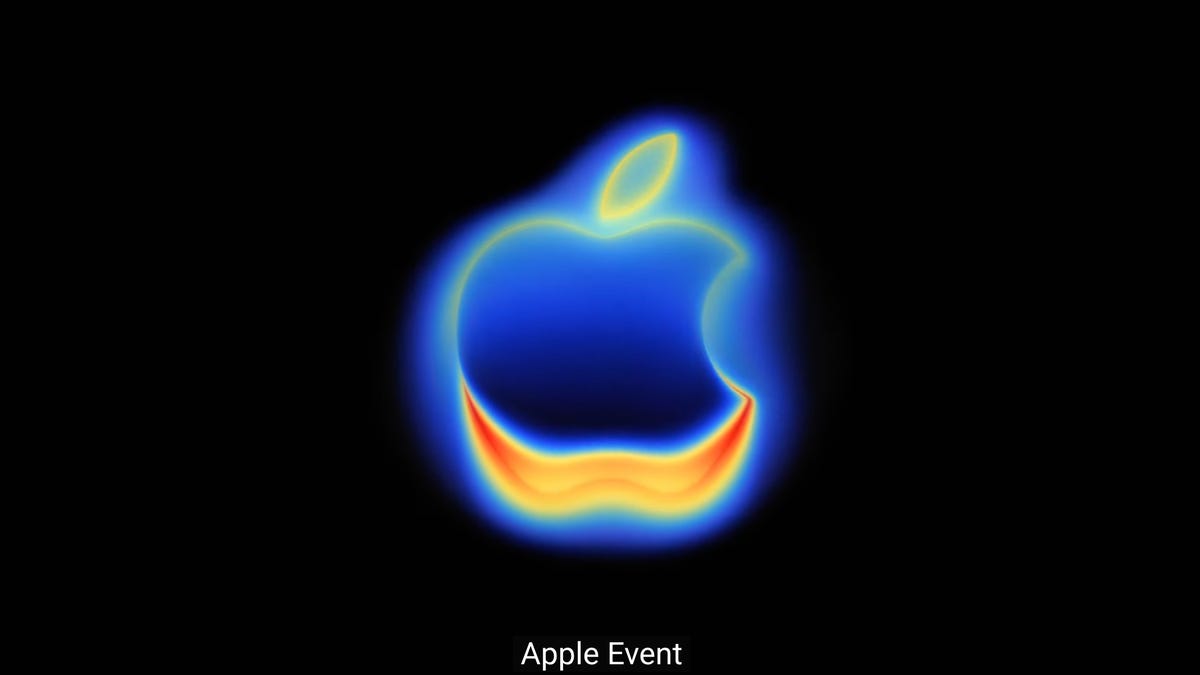Technologies
Online prices for bogus vaccine cards double after Biden mandate
The fake cards are the latest in a series of COVID-related scams.

Online fraudsters are jacking up the price of false COVID vaccine cards in the wake of a new federal mandate, the latest in a series of scams that seeks to exploit widespread concern and misinformation about the deadly pandemic.
The average cost of a fake «registered» US Centers for Disease Control and Prevention vaccine card doubled to $200 in the days following President Joe Biden’s Thursday announcement that federal employees and others would be required to get a COVID shot, according to new research from Israeli cybersecurity firm Check Point Software Technologies.
Oded Vanunu, Check Point’s head of products vulnerabilities research, says that when the company started monitoring the issue in January, COVID-related black market activity was mainly found on darknet websites geared toward dealers. Those dealers would buy the fake documentation in bulk and resell it.
Since then, the activity has shifted to groups on Telegram, an encrypted messaging app. The groups offer anonymity, as well as bigger reach and scale. Over the past month, the number of sellers on Telegram has jumped tenfold to about 10,000.
The number of people subscribed to those groups has jumped, too. Before Biden’s announcement, some bigger groups had as many as 30,000 subscribers and followers. After the news, those numbers surged, with some groups peaking at roughly 300,000 members, a number the researchers hadn’t seen before.
Representatives of Telegram didn’t immediately respond to a message seeking comment.
«Our expectation is that the black market for fake coronavirus vaccination cards will continue to thrive as more policy requiring vaccination proof gets rolled out,» Vanunu said in a statement released with the report.
The spread of fake vaccine documentation online is part of a broader problem authorities have tried to combat. Facebook, Twitter and other social media sites have batted false information about the disease since the early days of the pandemic. The FBI has warned about vaccine scams and has disrupted online frauds that used the pandemic to raise false donations.
And the Federal Trade Commission has cautioned consumers to be on the lookout for scammers pretending to be government authorities in an effort to get into victims’ bank accounts.
The Biden administration’s plan is designed to address both the surging delta variant and the slowing pace of vaccinations in the US. It mandates vaccines for all federal employees and contractors who do business with the federal government, as well as health care workers at Medicare and Medicaid facilities.
Businesses with more than 100 employees must also require their workers to be vaccinated or to get tested weekly for infection. In total, the plan could reach up to 100 million people, roughly two-thirds of the US workforce.
The plan also encourages entertainment venues such as sports arenas and concert halls to require proof of vaccination or a negative COVID-19 test for patrons to gain entry.
The market for fake documents is expanding globally. Check Point researchers found documents for sale in nine new countries that it didn’t spot a month ago, bringing the total number of countries spotted to 28.
In addition to the fake CDC vaccination cards, the researchers also saw counterfeit versions of UK National Health Service cards, vaccine certificates for numerous other countries, European Union digital certificates and COVID PCR test results.
Technologies
Sora Video Limits Got You Down? Pay Up for More, Says OpenAI
Sora has opened to everyone in the US, and OpenAI is now charging for extra AI video generations.

Soon after Sora dropped its invite-only requirement, OpenAI is already moving to monetize the popular AI video social media app. The company has introduced paid «video generation packs,» allowing you to purchase additional AI-generated videos after reaching the daily free limit.
Read also: Deepfake Videos Are More Realistic Than Ever. How Can You Spot if a Video Is Real or Sora AI?
Until now, you could generate around 30 videos a day for free or up to 100 for Pro accounts. Now, anyone who hits that cap will see a prompt to purchase extra «gens» through the App Store.
A small bundle of 10 extra generations costs roughly $4, according to Sora’s listing on Apple App Store, but OpenAI’s support page states that the exact credits used per video range based on factors like the video length and resolution.
Don’t miss any of our unbiased tech content and lab-based reviews. Add CNET as a preferred Google source.
OpenAI’s Bill Peebles confirmed the change in a post on X, citing increased demand and «unsustainable» economics as reasons behind the change. He also confirms the free quota options are likely temporary.
«Eventually, we will need to bring the free gens down to accommodate growth (we won’t have enough GPUs to do it otherwise!), but we’ll be transparent as it happens,» he wrote. «[i]n the meantime, enjoy the crazy usage limits.»
Read also: OpenAI’s Sora Is Getting Another Wave of New Features, Including Video Editing
Technologies
You Can Nab the Apple Watch SE 3 for a Record-Low $200 if You Act Fast
Amazon just knocked $49 off this budget-friendly wearable for the first time since its release.

Released alongside the Series 11 and Ultra 3, the Apple Watch SE 3 is the latest budget-friendly model in Apple’s lineup. Starting at $249, it already saves you $150 compared to the Series 11, and right now you can pick it up for even less.
Amazon is offering the biggest (and practically only) discount we’ve seen since this smartwatch hit shelves, knocking it down to a record-low $200. That’s a $49 discount, but it only applies to the starlight color. We also don’t expect this deal to last long, so be sure to get your order in soon.
Even at full price, CNET smartwatch expert Vanessa Hand Orellana called the third-gen SE a «$250 steal that delivers nearly everything you’d want from a wearable, with surprisingly few compromises.» It’s equipped with the same S10 processor as the Series 11 and Ultra 3, and offers many of the same features, like fast charging, 5G connectivity and new wellness tools. Plus, the vibrant 40mm display is always on, so you can check the time with a glance. Other helpful features include onboard Siri, fall detection and a durable design that’s water-resistant up to 50 meters.
SMARTWATCH DEALS OF THE WEEK
-
$329 (save $100)
-
$200 (save $100)
-
$200 (save $100)
-
$500 (save $150)
Why this deal matters
Deals on the latest Apple tech are far and few between, which makes this Apple Watch SE 3 discount a welcome surprise. You can pick it up for a record-low $200 right now at Amazon, which is just half the price of the flagship Series 11. If you prefer a larger display, the 44mm model is also $49 off, dropping the price to $230.
You can also find plenty of other bargains on the latest and previous-gen models in our full roundup of all the best Apple Watch deals.
Join Our Daily Deals Text Group!
Get hand-picked deals from CNET shopping experts straight to your phone.
By signing up, you confirm you are 16+ and agree to receive recurring marketing messages at the phone number provided. Consent is not a condition of purchase. Reply STOP to unsubscribe. Msg & data rates may apply. View our Privacy Policy and Terms of Use.
Technologies
Surprise Twist: Apple’s Next iPhones Might Come in These 3 Unlikely Colors
Apple seems to be choosing a deep, earthy path for its upcoming phone colors.

From cosmic orange to coffee brown? Brown, purple and burgundy will be the available colors for the iPhone 18 Pro next September, if a leak out of China proves true.
Depending on your language translator, brown could mean simply «brown» or «coffee brown,» but you get the general idea. The tidbit comes from regular leaker Digital Chat Station’s post on the Chinese microblogging platform Weibo. The post also says that black will not be an available color for the iPhone 18 Pro.
A representative for Apple did not immediately respond to a request for comment.
The iPhone 17 Pro comes in cosmic orange, deep blue and silver.
Don’t miss any of our unbiased tech content and lab-based reviews. Add CNET as a preferred Google source.
The Apple release schedule for the iPhone 18 series has been shifting, but the latest intel reports that the iPhone 18 Pro, iPhone 18 Pro Max and iPhone Fold will launch in September 2026. The iPhone 18 and iPhone 18e will follow in the spring of 2027.
If Digital Chat Station’s leak is accurate, the iPhone 18 Pro would be the first Pro edition in years without a color resembling black, white or silver.
Here are the colors for the iPhone Pro dating back to its introduction in 2019:
2019: iPhone 11 Pro/Pro Max: Midnight Green, Space Gray, Silver, Gold
2020: iPhone 12 Pro/Pro Max: Graphite, Silver, Gold, Pacific Blue
2021: iPhone 13 Pro/13 Pro Max: Graphite, Gold, Silver, Sierra Blue, Alpine Green (March 2022)
2022: iPhone 14 Pro/14 Pro Max: Space Black, Silver, Gold, Deep Purple
2023: iPhone 15 Pro/15 Pro Max: Black Titanium, White Titanium, Blue Titanium, Natural Titanium
2024: iPhone 16 Pro/16 Pro Max: Black Titanium, Natural Titanium, White Titanium, Desert Titanium
2025: iPhone 17 Pro/17 Pro Max: Cosmic Orange, Deep Blue, Silver
Not offering any version of black for Pro models might seem counterintuitive, since the iPhone 16 Pro Max black titanium version has been a big seller, and black has also been popular with iPhone 17 shoppers. But a lack of black has not hurt iPhone 17 Pro sales.
-

 Technologies3 года ago
Technologies3 года agoTech Companies Need to Be Held Accountable for Security, Experts Say
-

 Technologies3 года ago
Technologies3 года agoBest Handheld Game Console in 2023
-

 Technologies3 года ago
Technologies3 года agoTighten Up Your VR Game With the Best Head Straps for Quest 2
-

 Technologies4 года ago
Technologies4 года agoVerum, Wickr and Threema: next generation secured messengers
-

 Technologies4 года ago
Technologies4 года agoBlack Friday 2021: The best deals on TVs, headphones, kitchenware, and more
-

 Technologies4 года ago
Technologies4 года agoGoogle to require vaccinations as Silicon Valley rethinks return-to-office policies
-

 Technologies4 года ago
Technologies4 года agoOlivia Harlan Dekker for Verum Messenger
-

 Technologies4 года ago
Technologies4 года agoiPhone 13 event: How to watch Apple’s big announcement tomorrow
